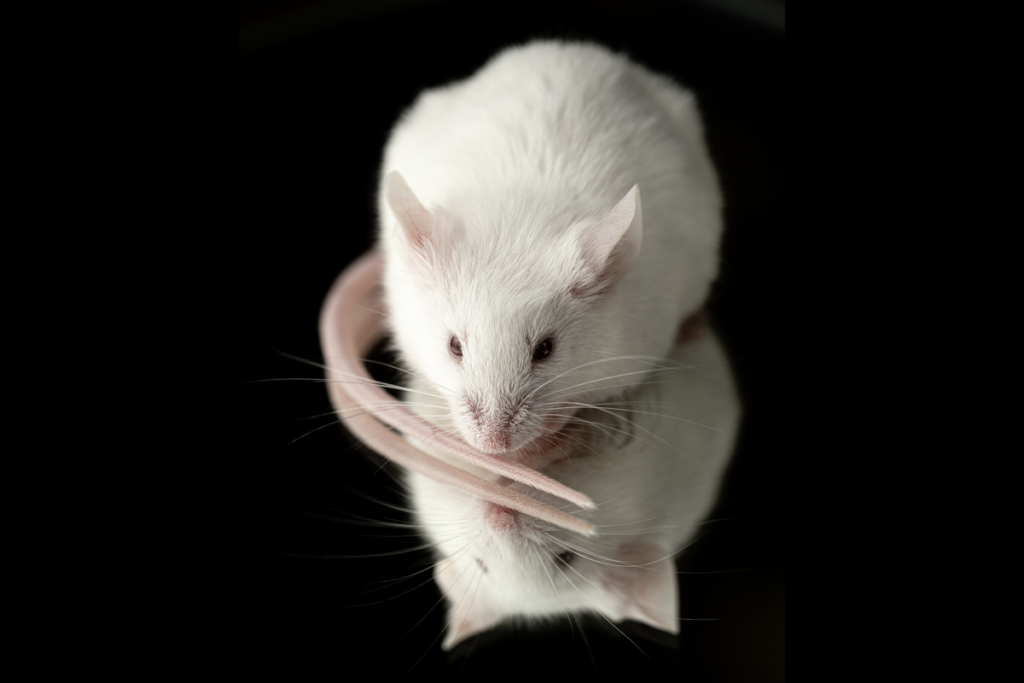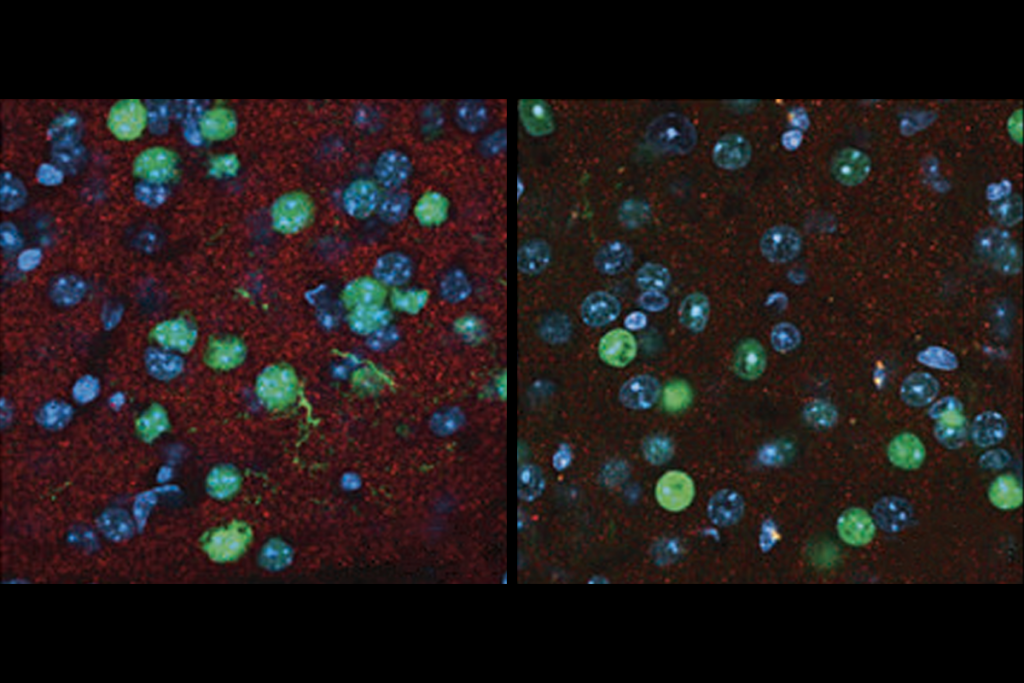Christopher Gillberg is professor of child and adolescent psychiatry at the University of Gothenburg in Sweden.
Christopher Gillberg
Professor
University of Gothenburg, Sweden
From this contributor
ESSENCE: From defined categories to broad understanding
Clinicians should place children under age 5 who have developmental delay into a broad diagnostic category, called ESSENCE, which may then resolve into any number of individual diagnoses over time, says Christopher Gillberg.

ESSENCE: From defined categories to broad understanding
Explore more from The Transmitter
To persist, memories surf molecular waves from thalamus to cortex
During the later stages of learning, the mouse brain progressively activates transcriptional regulators that drive memory consolidation.

To persist, memories surf molecular waves from thalamus to cortex
During the later stages of learning, the mouse brain progressively activates transcriptional regulators that drive memory consolidation.
Sex hormone boosts female rats’ sensitivity to unexpected rewards
During the high-estradiol stages of their estrus cycle, female rats learn faster than they do during other stages—and than male rats overall—thanks to a boost in their dopaminergic response to reward, a new study suggests.

Sex hormone boosts female rats’ sensitivity to unexpected rewards
During the high-estradiol stages of their estrus cycle, female rats learn faster than they do during other stages—and than male rats overall—thanks to a boost in their dopaminergic response to reward, a new study suggests.
SHANK3 deficiency and behavior in mice; and more
Here is a roundup of autism-related news and research spotted around the web for the week of 24 November.

SHANK3 deficiency and behavior in mice; and more
Here is a roundup of autism-related news and research spotted around the web for the week of 24 November.